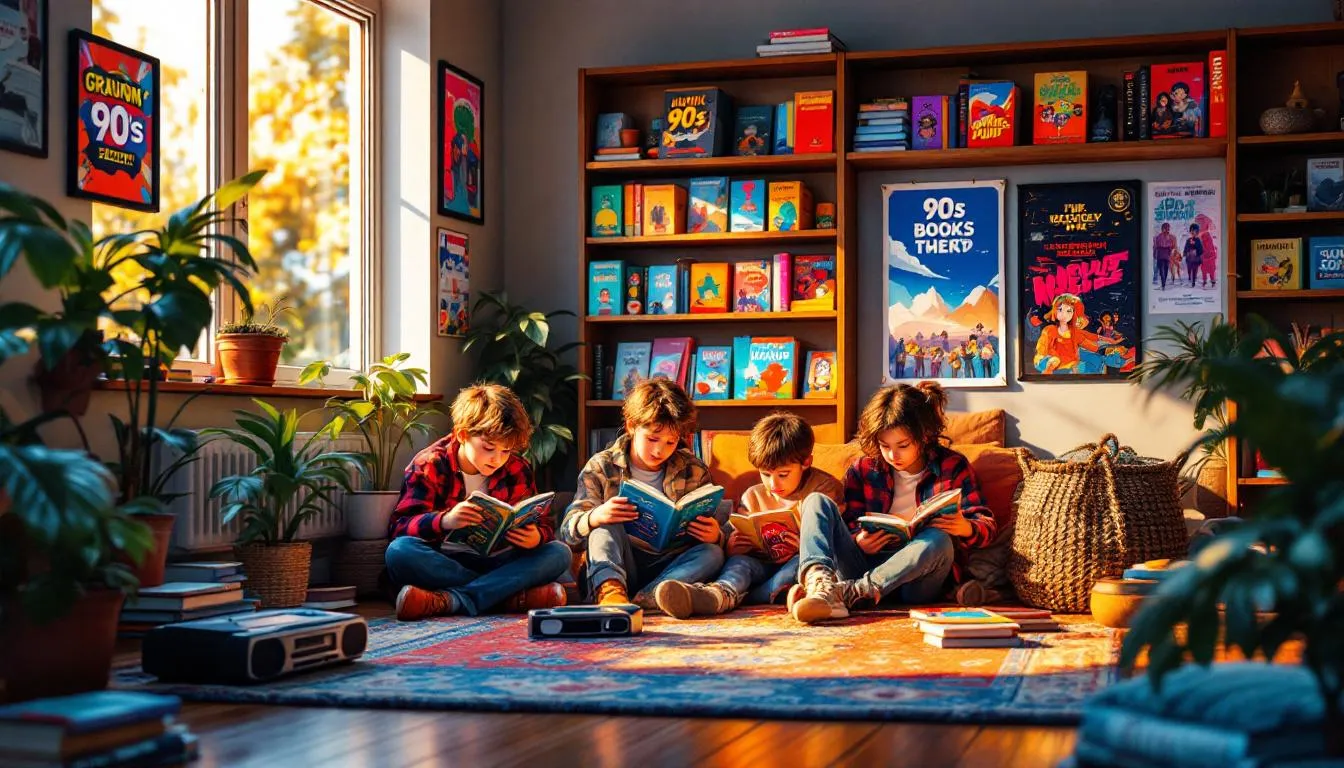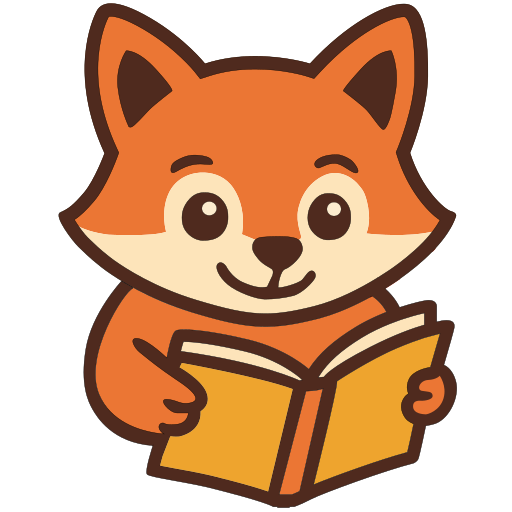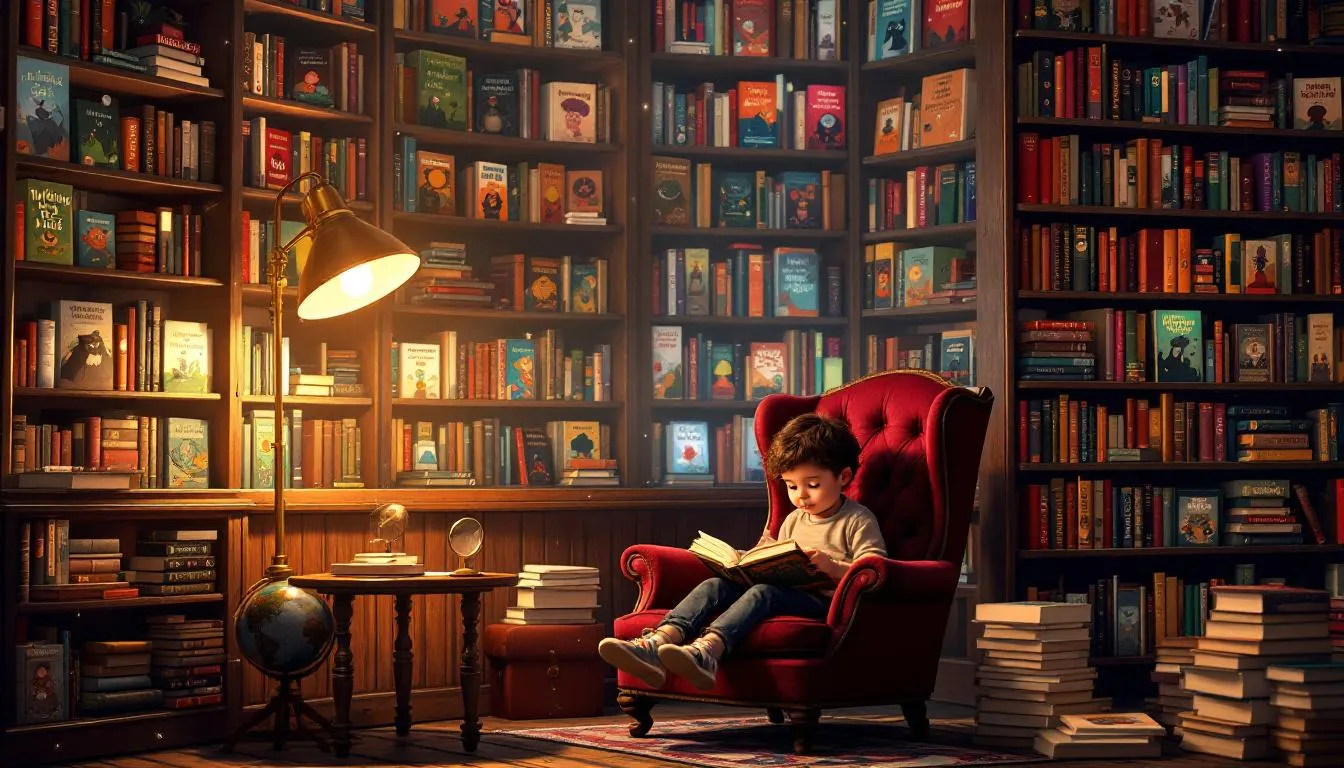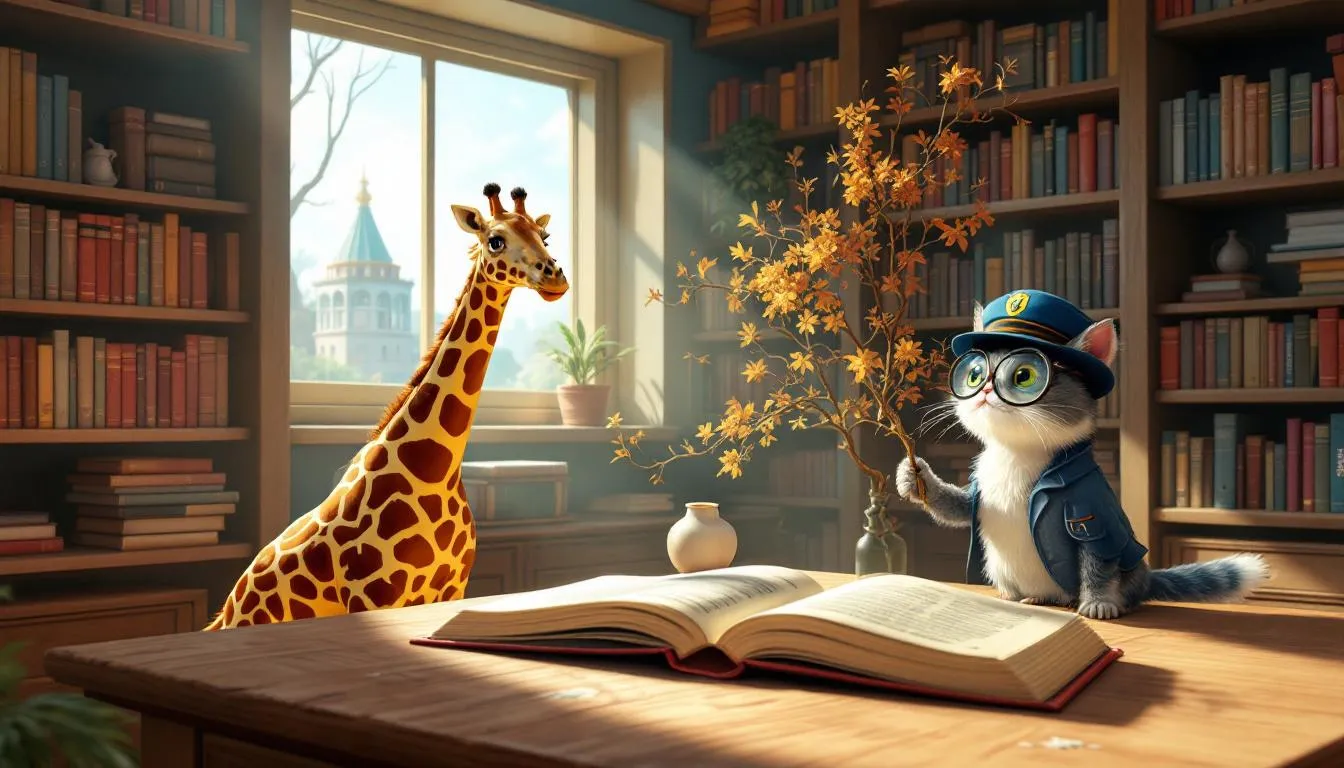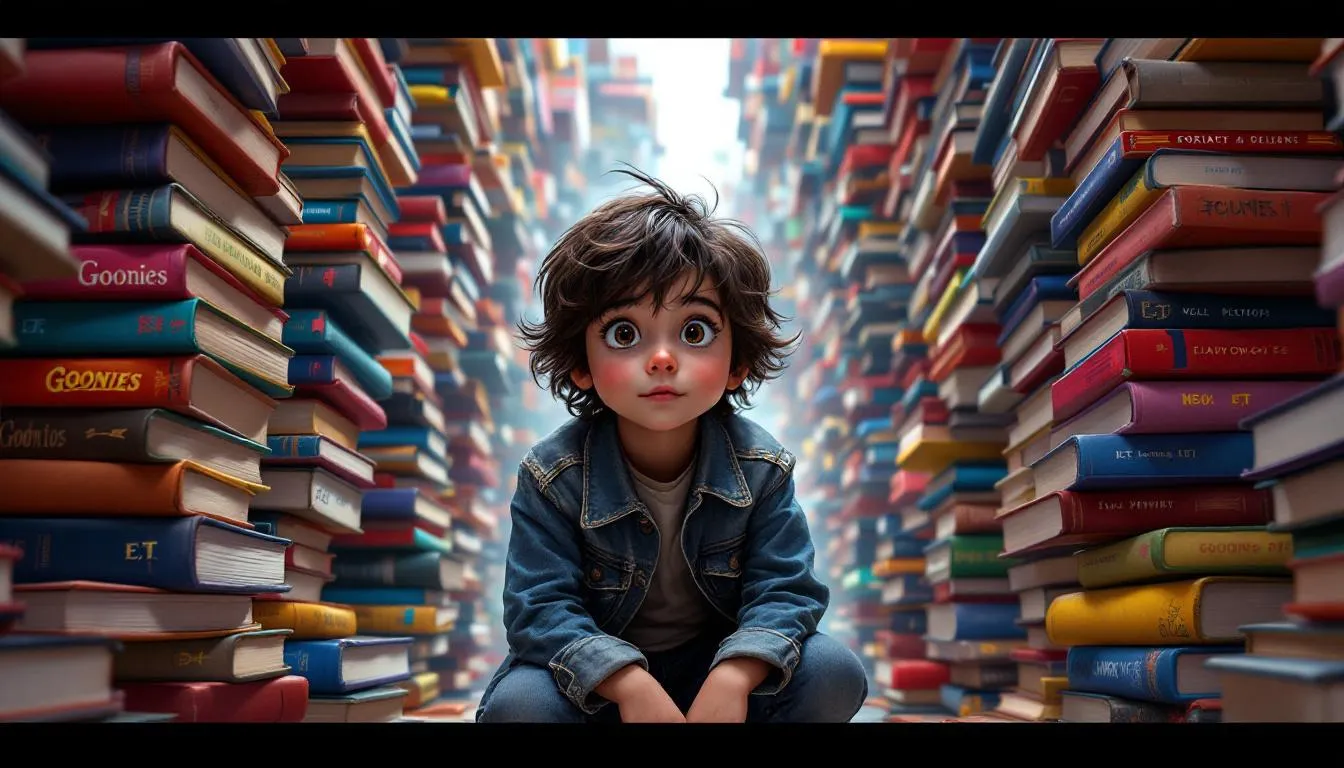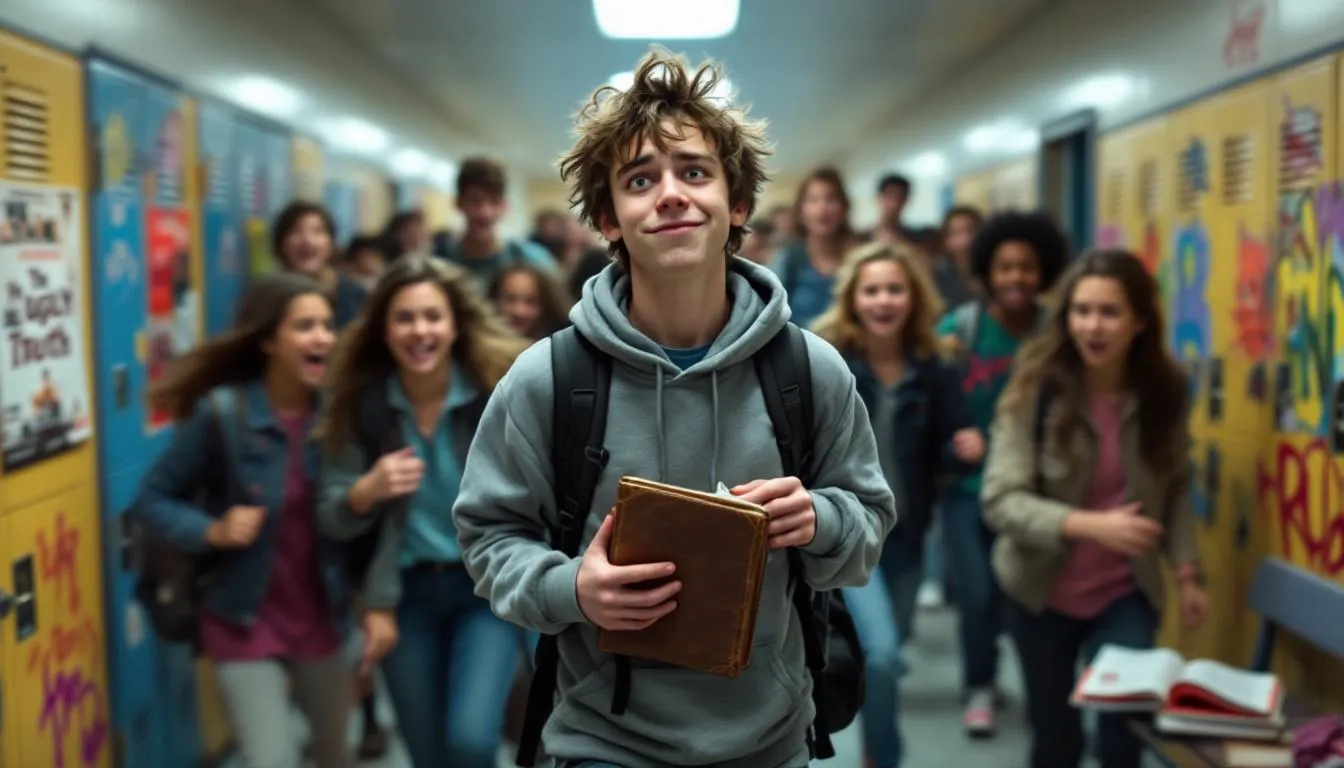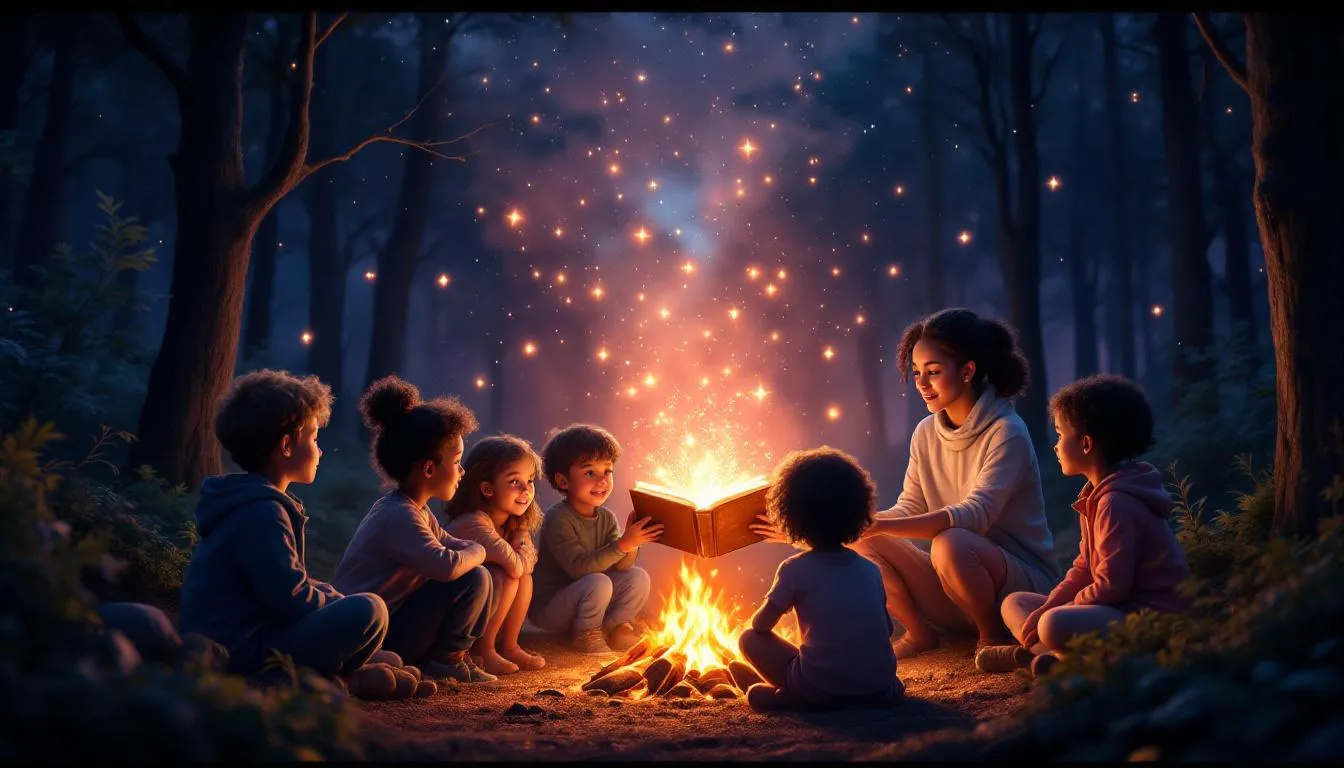Table of Contents
Quick Answer
The resurgence of 90s banned books among today’s kids stems from their timeless themes and cultural significance, which continue to resonate. These books explore identity, freedom, and rebellion, sparking curiosity and connection in young readers. Today’s kids are drawn to 90s banned books because they find the themes relatable, culturally relevant, and are intrigued by the allure of the forbidden. As we delve deeper, we’ll uncover the unique charm these books hold for a new generation of readers.
What Makes 90s Banned Books Appealing?
The magic of 90s banned books lies in their exploration of themes that transcend time, making them as relevant today as they were back then. Remember grappling with questions of identity during those awkward teenage years? Books from the 90s delve into these universal struggles, exploring what it means to be different, to find oneself amidst chaos, and to stand up for what’s right. Characters often wrestle with rebellion and social justice, mirroring the same issues modern kids face. These books offer a secret handshake that says, “I get you.”
Nostalgia also plays a significant role. The 90s are back with fashion, music, and TV shows making a grand comeback. There’s something irresistible about the retro appeal of 90s culture—like wearing a flannel shirt and listening to a Walkman again. These books capture that vibe perfectly, offering a trip back in time that feels fresh and exciting to kids today.
The characters are another draw. They’re flawed, genuine, and facing challenges strikingly similar to what kids encounter now. Whether it’s standing up to bullies or navigating the complexities of friendships, these stories resonate deeply. It’s as if these characters leap off the page, becoming friends who understand the ups and downs of growing up.
As we explore further, we’ll see how these themes and stories from 90s banned books have seeped into modern culture, influencing our world in unexpected ways.
How Do These Books Impact Modern Culture?
Dive into any 90s banned book and you’ll find a treasure trove of themes that mirror today’s societal issues. It’s almost as if these authors had a crystal ball, predicting the challenges we face now. Books from this era frequently tackle topics like LGBTQ+ rights, racial equality, and mental health—issues that remain at the forefront of modern discourse. The stories encourage young readers to think critically and engage with these complex subjects, fostering a generation unafraid to question the status quo.
These books also contribute significantly to the ongoing diversity conversation. They showcase a spectrum of voices and experiences, offering readers a window into lives different from their own. This exposure is crucial in helping kids develop empathy and understanding. I remember reading a 90s banned book in school and being struck by how the protagonist’s life was so different from mine, yet we shared the same core values and dreams. It was eye-opening and made me appreciate diversity in a new way.
Moreover, the role these books play in encouraging dialogue cannot be overstated. They spark discussions that might otherwise be difficult to start. I’ve seen kids in reading groups passionately debate a character’s actions or the fairness of a book’s ending. These conversations are not just about the stories themselves but about the real-world implications of the themes they explore.
As we consider the impact these books have had on modern culture, it’s important to understand their controversial history. This will shed light on why they were initially banned and how these challenges have only added to their allure today.
Why Were These Books Originally Banned?
The banning of some books in the 90s often boiled down to the friction between evolving societal norms and established values of the time. Many of these books tackled subjects considered taboo or controversial—such as teenage rebellion, sexuality, and questioning authority. These topics were seen as threats to traditional family values or deemed inappropriate for young readers.
During the 90s, societal norms were shifting, but there was still a strong undercurrent of conservatism. Parents and educators were concerned about the influence of media on youth, leading to a surge in censorship. Books that included LGBTQ+ characters or addressed racial tensions were often challenged for not aligning with the predominant cultural views of the era.
Censorship trends during this period were heavily influenced by the desire to “protect” children from content perceived as dangerous or morally questionable. However, what was considered controversial then often seems tame by today’s standards. Over time, attitudes towards censorship have evolved significantly. We’ve seen a growing recognition of the importance of diverse narratives and the value of exposing young readers to complex themes.
The shift in perspective is evident in how these books are now celebrated for their courage and honesty. Many adults who once read these banned books as teenagers are now encouraging their own children to explore them. This change reflects a broader societal move towards understanding and inclusivity, recognizing that shielding young minds from reality does not prepare them for the complexities of the world.
As we look at how these books have been re-evaluated over time, it’s also intriguing to see the role of parents and educators in this shifting landscape. Their responses and strategies in dealing with these once-controversial books offer a fascinating glimpse into how we’ve progressed in embracing literary freedom.
How Are Parents and Educators Responding?
The resurgence of 90s banned books places parents and educators at the center of an intriguing debate. Many are thrilled to see young readers engaging with literature that challenges them to think critically about complex topics. I recently spoke with a teacher friend using these books in her class to spark discussions about societal issues. She finds that students are not just reading but connecting the content to their own lives, which she describes as “teaching gold.”
Conversely, some parents approach these books with caution, worried about exposure to mature themes that might be too much for younger readers. I recall a parent at a school meeting expressing concerns about a book’s portrayal of rebellion, fearing it might encourage undesirable behavior. It’s a valid point and one that requires careful consideration.
To bridge these differing views, many parents and educators are adopting thoughtful strategies to facilitate discussions. Here are some effective approaches:
- Open Conversations: Encourage kids to share their thoughts and feelings about the book, creating a safe space for discussion.
- Guided Reading Sessions: Read the books together and pause to discuss challenging passages, providing context and guidance.
- Relating to Current Events: Use themes in the books as a springboard to discuss real-world issues, making the content relevant and engaging.
- Respecting Different Opinions: Teach kids to appreciate diverse perspectives, fostering empathy and understanding.
These discussions enrich the reading experience and equip kids with the tools to navigate complex social landscapes. As more kids become interested in these books, it’s important to know where they can access them easily.
Where Can Kids Access These Books?
If you’re seeking 90s banned books for today’s young readers, you’ll be delighted to know they’re more accessible than ever. Libraries are treasure troves, often stocking these once-controversial titles. I fondly remember my own childhood library adventures, scanning the shelves for those ‘forbidden’ books that promised a peek into unknown worlds. Many libraries now feature special sections dedicated to banned books, making them easy to find and adding a touch of mystery and allure to the hunt.
Bookstores have also embraced this trend. With the nostalgic wave of 90s culture sweeping through, many stores highlight these books in their displays, sometimes even hosting events or book clubs centered around them. I’ve walked into a local bookstore to find a full display of 90s classics, complete with posters and themed decorations—it’s like stepping back in time!
Digital platforms have revolutionized accessibility, bringing these books to the fingertips of curious readers. E-books and audiobooks have opened up a new world of convenience. I often listen to audiobooks during my morning jog, and it’s common to see kids with earphones, likely diving into the latest 90s saga while waiting for the school bus. These digital formats cater to diverse reading preferences and make it easier for kids to explore these stories whenever and wherever they please.
As we look to the future, it’s fascinating to see how the accessibility of these books will continue to evolve and shape young readers’ experiences.
Key Takeaways
- 90s banned books resonate with today’s youth through universal themes of identity, freedom, and rebellion.
- The nostalgic revival of 90s culture, including literature, captures the interest of modern kids.
- These books initiate meaningful discussions on societal issues, promoting empathy and understanding.
- Digital platforms make accessing these once-elusive titles easier than ever for young readers.
Encourage your child to explore these stories, sparking curiosity and fostering a deeper understanding of the world. Your support can guide them on this exciting literary adventure!
